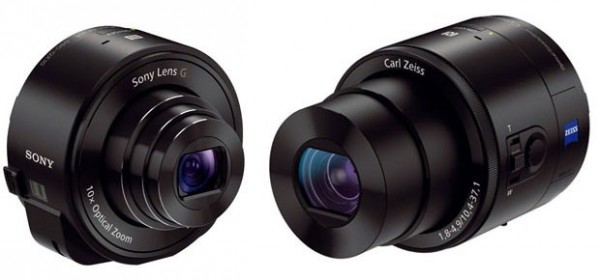 While not new for CES 2014, Sony was in full promotion mode of their attachable smartphone camera lenses which include the Cyber-shot QX100 and QX10. While the two lenses offer many similar functionalities, like being able to sync to an iOS or Android device and act as an improved lens with local storage and battery, there are certainly differences between the two models. While tech specs certainly differ between the two models, size is another varying factor. After the jump, we compare the QX100 to the QX10 and help give you a better sense of the attachable lens sizes.
While not new for CES 2014, Sony was in full promotion mode of their attachable smartphone camera lenses which include the Cyber-shot QX100 and QX10. While the two lenses offer many similar functionalities, like being able to sync to an iOS or Android device and act as an improved lens with local storage and battery, there are certainly differences between the two models. While tech specs certainly differ between the two models, size is another varying factor. After the jump, we compare the QX100 to the QX10 and help give you a better sense of the attachable lens sizes.
CES
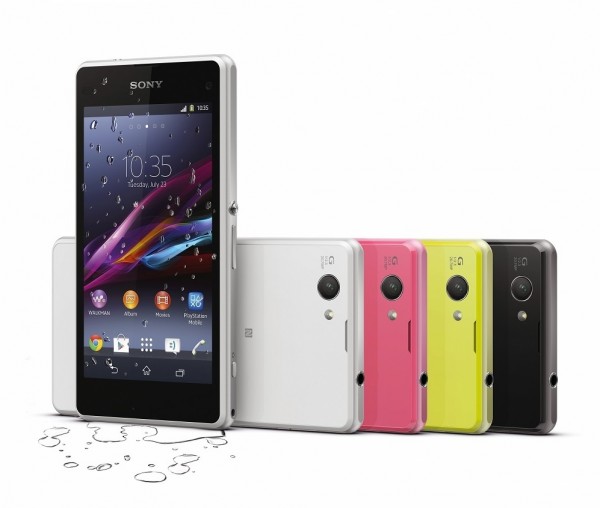
News at last! We finally got to see what the Xperia ‘Amami’ is, as Sony unveiled a mini version of the Z1 flagship at CES named the Xperia Z1 Compact. Details of this mysterious ‘mini’ version have been leaking for a number of weeks. The Xperia Z1 Compact is a glossy, stunning powerhouse in a more petite form factor of only 127 x 64.9 x 9.5 mm.
Perhaps even more surprising than the Z1 Compact was Sony’s committment to the US market, presenting a variant of the Z1 flagship known as the Z1S, exclusive to T-Mobile due and is due in the US later this month.
Read on for the full specs, dates and lesser known features…
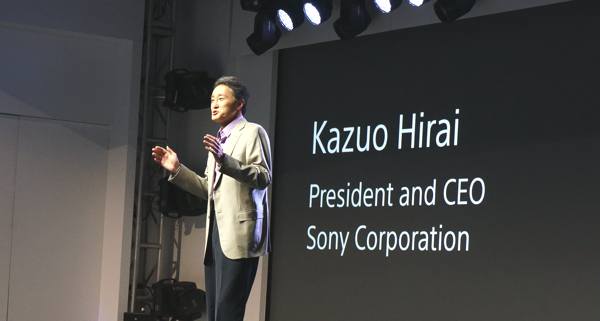
At 8:30am (PST) Sony CEO, Kaz Hirai is set to kick off CES 2014 with his very first keynote address. Besides going over the newly announced Sony products, Kaz will also be talking about the health of Sony and where he believes the company and technology sector is headed. We’ll be live blogging the whole event so be sure to tune in.
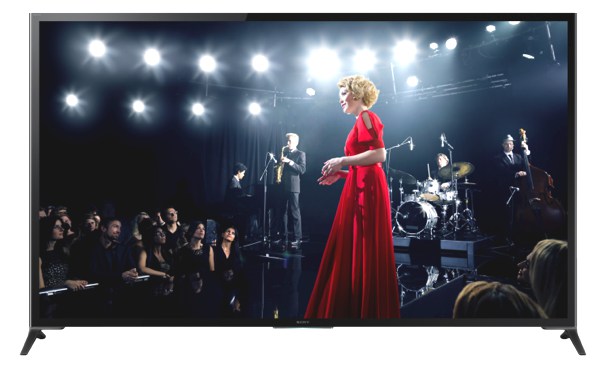
If you want an overview from the 2014 Son 4K television fleet, then be sure to read our previous coverage which helps give you an overview of the XBR-X950B, XBR-X900B, and XBR-X850B. In this article, we break things down and look at the tech that help make the TV what it is. After the jump, the Sony XBR-X950B tech specs await you.
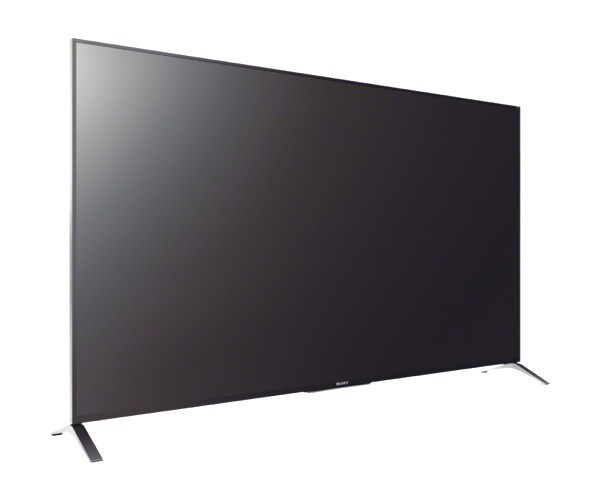
While 4K is the next big thing in the living room and here to replace traditional 1080p HD, Sony knows that consumers won’t flock to it if the price is too high. To that end, the company wisely expanded its XBR series into three lines which include the XBR-X850B, XBR-X900B, and XBR-X950B. This line represents a good, better, best scenario for the native 4K televisions that Sony offers. Previously, we’d give you the tech specs for the XBR-X950b, and XBR-X900B. After the jump, you can find all the tech specs for the XBR-X850B which comes in a variety of sizes which include 49-, 55-, 65-, and 70-inches.
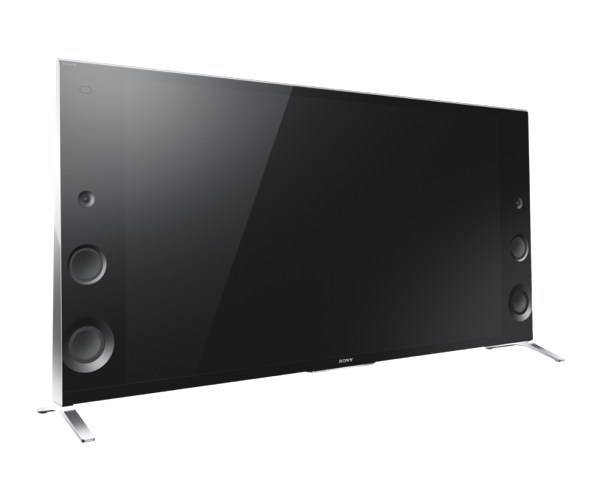 During its CES 2014 press conference, Sony announced three new 4K television series which make up the XBR line. This includes the XBR-X950B, XBR-X900B, and XBR-X850B. Previously, we’ve given you an overview of the entire 4K XBR fleet and dished out all the tech specs to the flagship XBR-X950B which comes in an astonishing 85-inch size and a more manageable 65-inch. After the jump, we’ve put together the XBR-X900B tech specs, designed for the home theater enthusiasts who don’t want to take out a loan the size of a car payment but demand the best in video.
During its CES 2014 press conference, Sony announced three new 4K television series which make up the XBR line. This includes the XBR-X950B, XBR-X900B, and XBR-X850B. Previously, we’ve given you an overview of the entire 4K XBR fleet and dished out all the tech specs to the flagship XBR-X950B which comes in an astonishing 85-inch size and a more manageable 65-inch. After the jump, we’ve put together the XBR-X900B tech specs, designed for the home theater enthusiasts who don’t want to take out a loan the size of a car payment but demand the best in video.
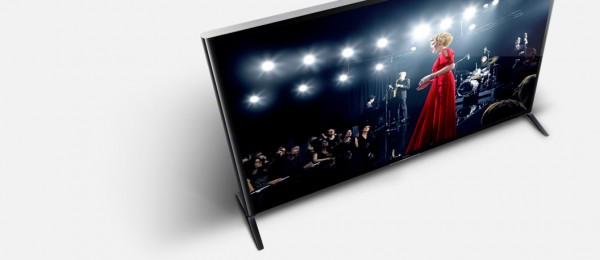
At its 2014 CES press conference, Sony unveiled the next generation of 4K XBR televisions. Under its premium line, the XBR family will grow to three series which includes the XBR-X950B, XBR-X900B, and XBR-X850B. While keeping 4K at the core, each series in the new XBR line is designed to attack different consumers with options that help differentiate them. This includes different set of speaker configurations and sizes. After the jump, we take a look at the 2014 Sony 4K television line features.
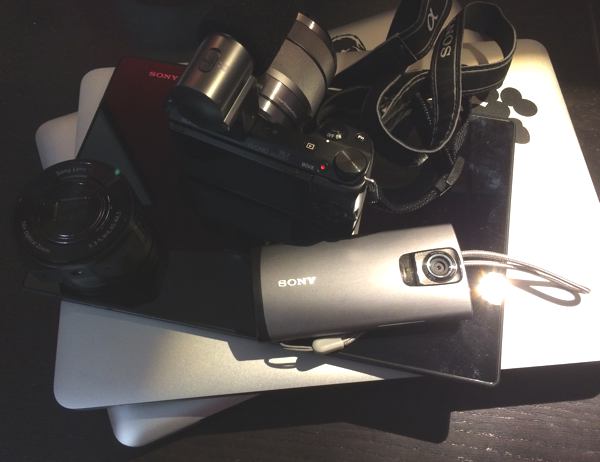
As you’re reading this, Allegra and I have loaded up our car and are making our way towards Las Vegas to bring you everything Sony and PlayStation from CES 2014. Our biggest goals for this year are to provide you with more video than years prior to give you the best first hand experience from all the new products that will surely be announced. You can of course also expect regular coverage of the news that will be announced throughout the week. If you’d like to share your expectations of Sony from CES 2014, be sure to check out our previous post and you can also read what we’d like to see from Sony.
Besides checking back on our site, be sure to follow us on Facebook, Twitter, Instagram, YouTube, and Google+ throughout the week for additional coverage like short clips, photos, and commentary. If you’d like to see something specific, be sure to either comment on here or send us a tweet. We’re still trying to put together a live blog from Sony’s press conference on Monday night though that all depends on cell coverage during the event. We’ll be sure to give you all a heads up if we can pull it off. Till then, sit back, relax, and get ready for the onslaught of Sony coverage! For those of you wondering what equipment we’re trucking with us to CES, you can find a list of them after the jump.
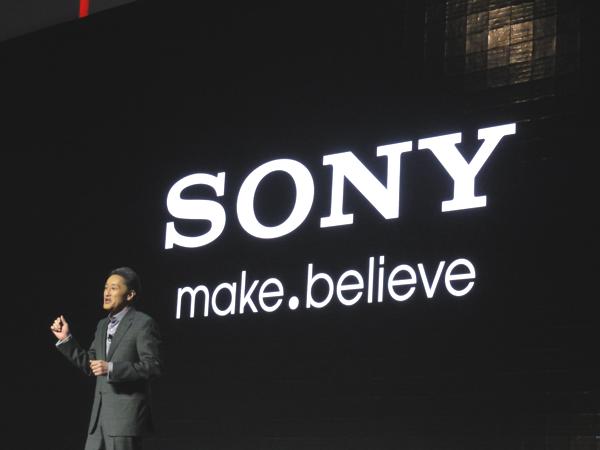
The Consumer Electronics Show (CES) is nearly upon us and that means lots of last minute things to do in order to prepare the site for all the additional coverage. Previously, we asked what you’d like to see Sony present during the mega show and the response thus far has been great. In the past few years, Sony has used the show as a launching ground for many of their flagship products, including reinvigorating their mobile line with the launch of the Xperia S and Xperia ion which paved the way for the well-received Xperia Z. After the jump, I’ll share with you what I believe Sony needs to do to not only walk away from CES 2014 victorious but to win back more consumers and dig themselves further out of the hole that the company placed itself in the past decade.
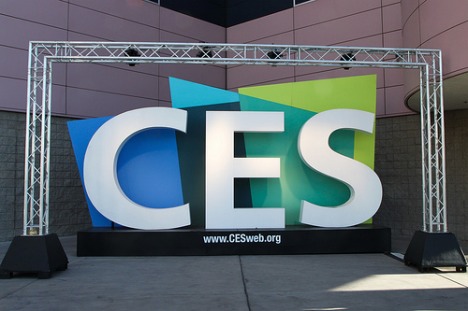
Maybe I’ve had a chaotic few months which meant I barely noticed 2013 coming to an end, let alone having 2014 begin, but here we are. The start of 2014 only means one thing: the Consumer Electronics Show, otherwise known as CES. While some may argue the importance of CES in today’s connected world and select members of the industry (Apple) not needing to partake in it, the event remains to be an important part of many electronic companies’ strategies to bring awareness to their line of products. This includes Sony who, throughout years past, has announced a host of new Xperia smartphones and championed 4K, the evolution of HD. Now with CES 2014 just a few days away, we want to hear from you. What are your expectations and hopes from Sony’s Monday night press conference (which we’ll cover live)? What products and announcements should Sony make and release? Share your thoughts with us after the jump.
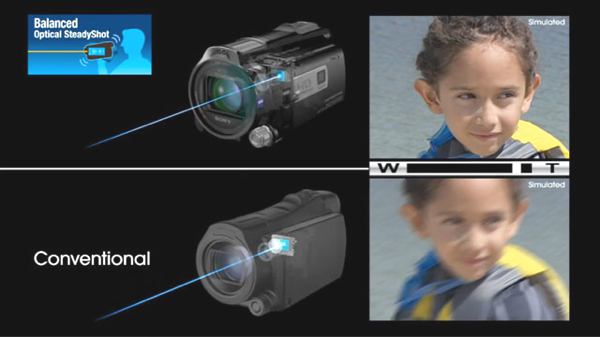
‘Optical SteadyShot’ is a fairly self explaining term that Sony uses on their fleet of Handycam camcorders, starting with their entry level HDR-CX220/B which is priced at $249. The technology as one would expect is designed to reduce shaky video and offer a smoother and less headache prone end result. Once turned on, you simply need to continue recording your video as you normally would, knowing that the camera is taking into consideration your hand movement, an especially great feature with those with a bit of shake in their hand. Even better for parents attending long recitals and soccer games.
Like any technology, Optical SteadShot does have its limitations which can quickly be seen say if you’re walking around as you’re video recording. This can equally be seen at either a soccer game though it tends to pop up more in home videos during a party where the camera is walked from person to person to capture their time. For this very same reason, Sony at developed a more advanced system dubbed ‘Balanced Optical Steadyshot’ which can be found in their higher end series of Handycam camcorders, starting with the HDR-PJ710V for $1,299. Much like the previous system, Balanced Optical Steady Shot is designed to reduce the shaky video though this version goes above and beyond. Sony was able to achieve this by having the cameras lens and sensor nearly float inside of the camera housing, causing only the body to pivot during movement, thus keeping your footage clean.
After the jump, our vide demo of the Sony Balanced Optical SteadyShot from CES 2013 shows you the difference between having the feature on and off on a camcorder.
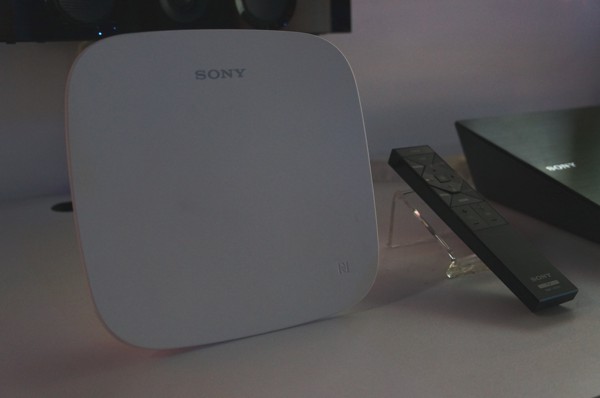
One of the more interesting and less expected products from Sony during CES 2013 was the Personal Content Station. Pictured above, the white router shaped device houses an internal 1TB hard drive and acts as a backup device for tablets and smartphones via Wi-Fi. The device which mimics some of the capabilities of the Apple Time Capsule which is designed to make backing up simpler aims to do the same for the mobile generation. Equipped with NFC, the Sony Personal Content Station can easily start a backup from other NFC enabled devices like the Xperia Z smartphone and maybe the Xperia Z tablet with just a tap. Knowing that the number of NFC devices in the market is still limited, the Personal Content Station can also backup your media from traditional Android and iOS handsets via the free ‘PCS Manager’ app, which will be available through Google Play or App Store.
The Personal Content Station can also act as a backup hub for Sony’s Wi-Fi enabled cameras like the NEX-5R and select Cyber-shot units. Have a none Wi-Fi camera? The Personal Content Station also has you covered there with a Memory Stick Duo/SD memory card reader and USB input, no matter the make and model of your camera or camcorder. Once your content is backed up, via the free app and HDMI out, you can display your media on your TV of choice of share them on sites like Facebook and Twitter. Priced at $299, the Sony Personal Content Station will launch on April 30th in Japan and June in the US.
After the jump, our Personal Content Station video preview from CES 2013.
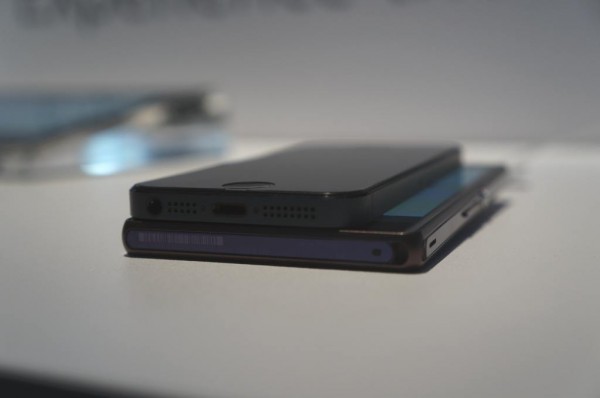
You knew it was coming and since Sony is positioning the Xperia Z as their flagship phone, its only fair to compare it against the undisputed king of phones, the iPhone and specifically, the iPhone 5. It should be noted that I’m a big believer that bigger is not always better and that more RAM or megapixels does not translate into better quality and/or experience. However, intevitivality, when you create a competing device, the two will always be compared against each other based on their system specs. Bellow, you can find the specs of the iPhone 5 and the Xperia Z, including a small photo gallery with the two flagship phones, side by side.
However, if all you care about is screen size, look no further than the Xperia Z which comes in a 5-inch screen, versus the iPhones puny? 4-inch screen. Now I’ll leave that to you if you feel that its necessary to have a smartphone with a 5-inch display.
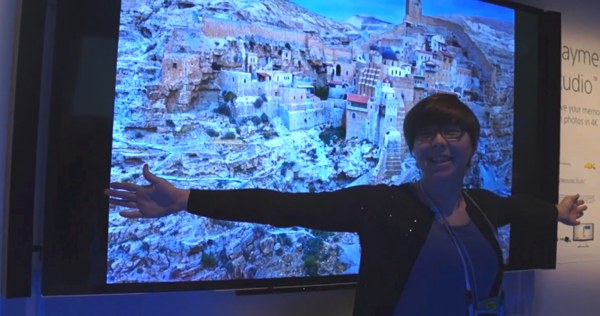
Its easy to get lost in all the numbers that get tossed around at shows like CES. Higher megapixels, CPU speeds, RAM, and screen sizes are just some of the many different numbers and statistics that we get bombarded with daily. What we tend to hear less from companies however is how and or why these numbers matters. Sure, it’s easy for us to tell you about NFC technology found in the Xperia Z and even showcase the tech for you in a video. What’s harder however is for us to covey the beautiful image offered from the 56-inch Sony 4K OLED TV or to truly tell you how gorgeous and enormous a television like the 84-inch Sony Bravia X900A is. This is especially true for televisions where the new trend is producing 84-inch televisions and above which quite a few companies unveiled during CES, including Sony. So how big is the Sony Bravia X900A 84-inch set? To help put things into perspective, our Managing Editor, Allegra Wilson gives you a comparison between that and the more traditional 65-inch TV that we’re all accustomed to seeing. After the jump, our video helps put this monster of TV in frame. And no, not that silly TV frame thing that Samsung is now doing.

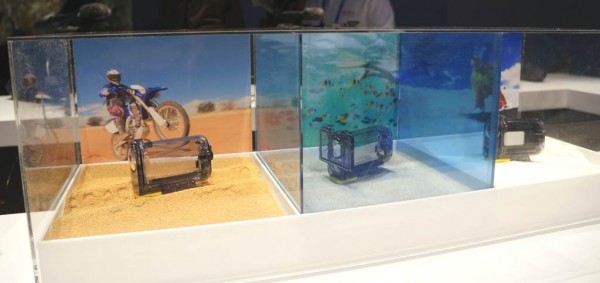
You must be logged in to post a comment.